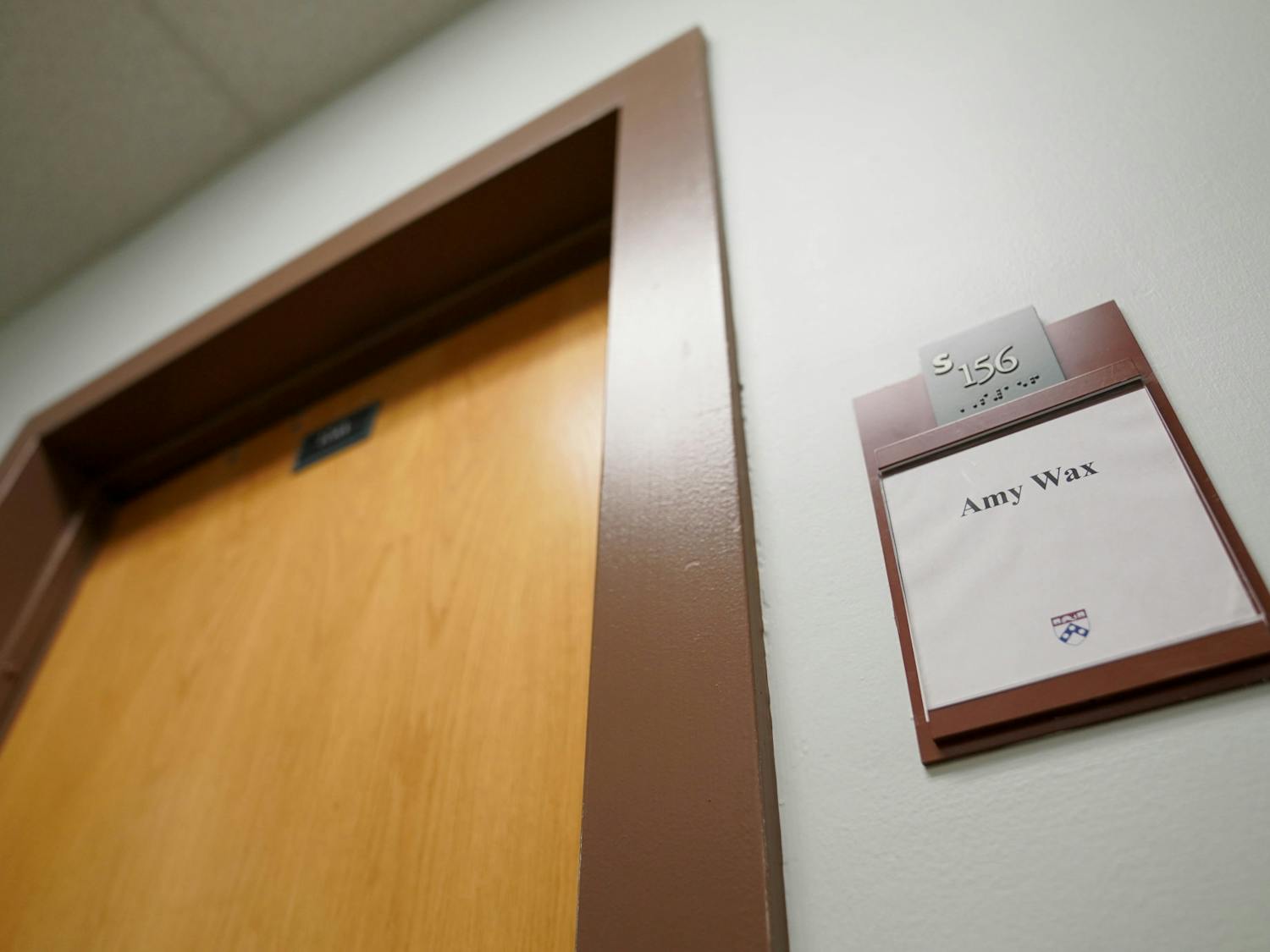University officials must now deal with the issue of minority retention. Since the University released financial initiatives last fall to increase the presence of underrepresented minorities on campus, more members of those minority groups have matriculated to Penn, and the administration has begun to address the pressing issue of student retention. Of the 2,333 students who accepted the University's offer of admission this year, 287 black, Latino and Native-American students matriculated -- a 24 percent increase in that population from the previous year. And the number of incoming black students increased 22 percent last year -- from 126 to 156 -- while the number of incoming Latino students increased by 10 percent, according to Admissions Dean Lee Stetson. Neither the Admissions Office nor the Department of Institutional Research and Analysis would release specific numbers on the Latino or Native-American populations. Further data shows that the growth in minority applications, admissions and enrollment has been relatively steady over the four years of University President Judith Rodin's administration -- with the exception of last year, which saw a major drop in the admissions and matriculation rates. The initiatives may have contributed to this year's rebound. But the large jumps this year may also be less significant than they first appear, because they represent a continuation of the broad trend of steady increases. "The numbers have grown significantly over the last 10 years," Stetson said, adding that his staff is working to attract more minority students for the Class of 2002. But Black Student League President Rasool Berry noted that minority representation has been better in the past. In 1971, 170 black students matriculated into the University's freshman class, he said -- 14 fewer than this year even with the heavy increase. "Why is there such a difference from 22 years ago?" the College junior asked. "Looking back and also looking at what needs to be done on this campus now, you realize it's a long way to go. But these improvements over this past year is definitely a move in the right direction." Tania Castro, president of La Asociacion Cultural de Estudiantes Latino Americanos, noted that lumping minority groups together for statistics can often be deceiving. "The University often groups the Latino-American and international Latinos together," the College junior said. "There's a big difference between the two." Rodney Morrison, director of Minority Affairs for the Admissions Office, attributed the rise in the minority population to increased recruiting efforts funded by the University's initiatives. "We visit a lot more secondary schools in high minority population -- especially those in inner city-- than our competitors," he said. As a result, Penn receives more minority applications from underrepresented minorities and Asian Americans than any of the other Ivies, with a minimum of 6,000 minority applications out of a total of approximately 15,500, according to Morrison. He also credited the high numbers to the Minority Scholars Weekend, which offers prospective students a comprehensive view of the academic and social aspects of the University. "Most of these students from the weekend are admitted also to Yale, Harvard, Princeton and other Ivies, so we know that we're attracting high-caliber students," Morrison added. With the support of the minority recruitment and retention funds, the Admissions Office hopes to be able to pay for the students to come to campus for future Minority Scholar weekends. Berry said, however, that the funding has led to few changes in recruitment practices. "The increased funding for the Minority Scholars Weekend is great, but that's really the only real tangible change," he said. "What we need is sort of a think tank, a mechanism to increase input in what we can do as a University to increase the amount of black students on campus." Berry attributed the high number of black students in the 1970s, in part, to minority students who travelled with Admissions officers to help recruit prospective students. He said the Admissions Office should be concerned with "what success we had in the past and how we can capitalize on that in the future." Emphasizing students' primary obligation to academics at the University, Morrison said taking them on recruiting trips for one or more weeks would be difficult, especially since admissions staff travel for six to nine weeks out of the year. Although not geared specifically toward recruiting minority students, the Admissions Office does sponsor an outreach program to train students to return to their high schools during breaks to talk about Penn. The funding initiatives will also help support efforts to improve student graduation rates. Part of the University's initiative to increase overall undergraduate retention rates focuses specifically on underrepresented minorities, given findings that graduation rates for black and Latino students are lower than for other student groups. Deputy Provost Michael Wachter said the University has yet to decide exactly how the funds will be used. "We've identified the problem and we will work it out," Wachter said. "The solutions will evolve over time but we are committed to solving the retention problem." Among those minority students who leave Penn without a diploma, 38 percent of black and Latino students have completed 30-plus credit units or most of their requirements, but are on financial hold, according to Wachter. But a new, more flexible loan arrangement targeting these students and should improve the black graduation rate by 3 to 5 percentage points by next year, according to a statement from the Office of the Provost. "This step is very important for those who don't get their diplomas, but it's a Band-Aid instead of a solution," Berry said. "The issue is bigger than a loan arrangement," he added. "We should question what is actually causing the debt in the first place."
The Daily Pennsylvanian is an independent, student-run newspaper. Please consider making a donation to support the coverage that shapes the University. Your generosity ensures a future of strong journalism at Penn.
DonateMore Like This
Here’s how Penn plans to celebrate America’s 250th anniversary
By
Arti Jain
·
Jan. 15, 2026
Van Pelt Library discontinues bag check security policy
By
Christine Oh
·
Jan. 15, 2026
Penn Faculty Senate approves revisions to research misconduct policy
By
Rachel Erhag
·
Jan. 15, 2026








